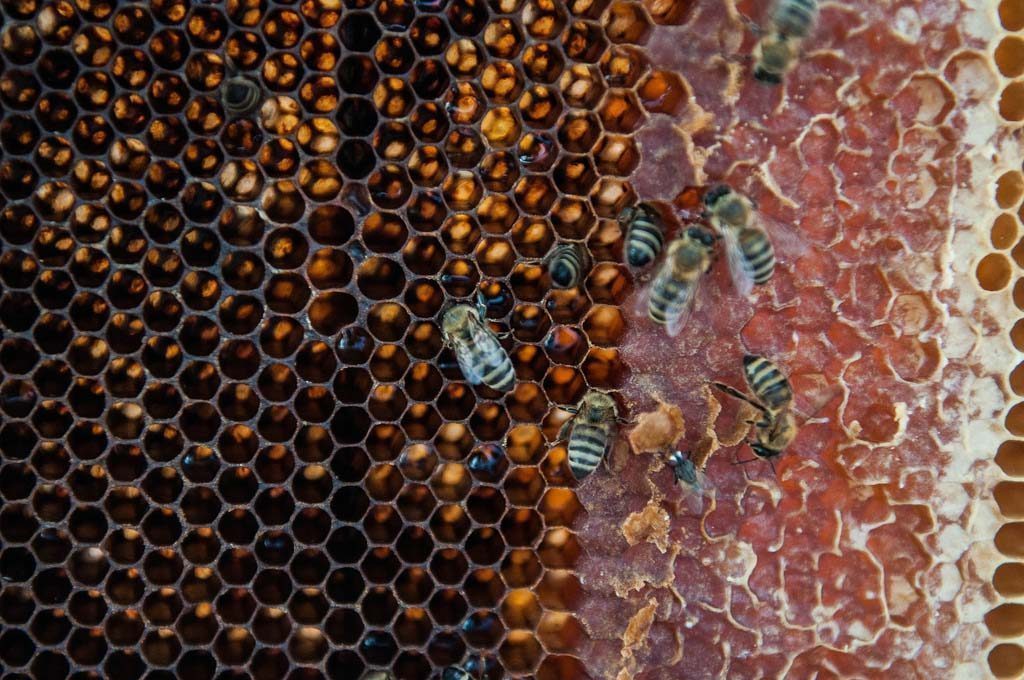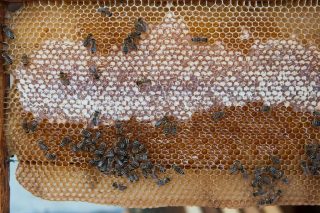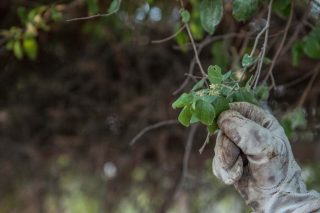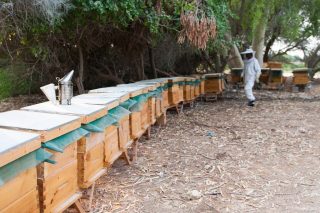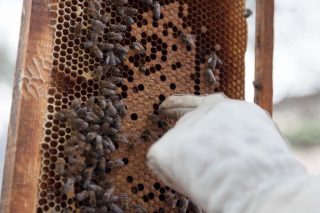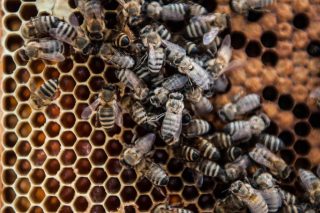Amid plans to move away from its dependency on food imports, Qatar has been experimenting with commercial beekeeping and honey production.
Over the past year, the country’s Ministry of Environment has set up about 30 farms in the north, located strategically near indigenous Sidra trees. From their blossoms, bees gather nectar to produce sidr honey, which is widely used for medicinal purposes and considered an aphrodisiac.
Khaled Al Suwaidi, who owns Bu Saif Apiaries in Shahnahiya, about 30km west of Doha, is expecting to harvest several hundred kilograms of honey by the end of the month.
But the problem, he told Doha News, is that Qatar’s long and hot summers almost always kill bees immediately. Last summer, Al Suwaidi lost 125 boxes of bees out of the 200 boxes he had. A lack of trees also poses challenges to bee farming, he said.
In Europe, one box of bees can produce 300kg of honey, while one box only produces around 5kg here. The discrepancy helps explain the price difference between the two products; European honey costs about QR50/kg, while Qatari Sidr honey is QR365.
Another problem bee keepers have in Qatar is the limited number of farms. It is not easy to find a place with the right plants and fresh water to start big productions, Al Suwaidi said.
But according to QNA, efforts to boost bee farming are paying off. During this first year of production, farms net an average of 900kg of honey in the second season, up from the 670kg in the summer. The harvest is expected to be on sale at Qatar’s farmer market, which opens next month.
Al Suwaidi has yet to harvest honey at his farm, but is hopeful for a good yield. The Qatari has been experimenting with raising bees in the country’s hot temperatures and has been working with the MOE to teach more people how to raise bees here.
Thoughts?

